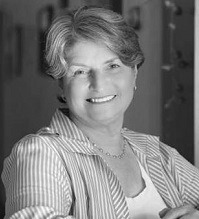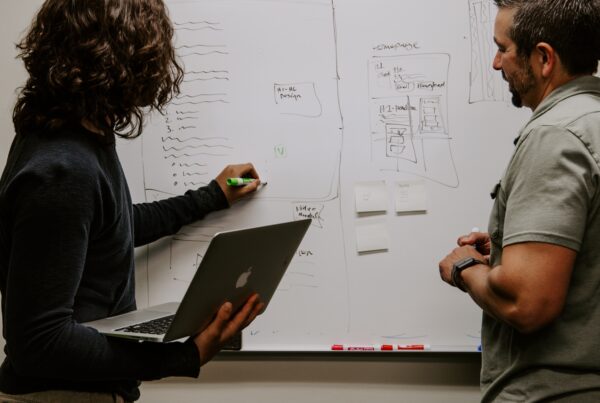In 1988, Ms. Freund’s 3-year-old son was hit by a car and nearly killed. The driver was 84 years old. That event sparked an interest in transportation issues that led, in the mid-1990s, to the development of the Independent Transportation Network.
The program offers rides – round the clock, seven days a week – to older adults. Riders can trade in their cars and get credit for travel; volunteer drivers can bank their hours on the road to use later for themselves or family. Ms. Freund serves as founder and president of ITNAmerica, which has grown into a national organization. (From the Wall Street Journal)
The following is a lightly edited version of the Shared-Use Mobility Center’s conversation with Katherine Freund. In each issue of SUMC’s newsletter, we will profile a different shared mobility innovator.
What do people need to know about ITNAmerica?
We are a national transportation network of local ITN affiliates. Each ITN is a nonprofit, membership organization that provides community-based, community-supported transportation for older people and people with visual impairments. We began in Portland, Maine, and now have 28 affiliated communities in various stages of development, with 19 ITN affiliates actively giving rides.
Any person, business or community organization can become a member. You just set up an account and then receive credits or debits for rides within our software system. It’s like a grassroots transportation system, using private automobiles and volunteer or paid drivers.
Who uses the service?
Here’s something we see fairly regularly: there is a woman in her early 80s who drives four or five other women around. When that woman has some sort of health issue, that little group of people loses its mobility. And there’s no way for that former driver to recover all that effort she has put in. We wondered, how do we take those problems and turn them into part of a solution?
We created credit for driving others. We call it Transportation Social Security. If you drive others, you get credit and store it in your Personal Transportation Account. When you can no longer drive, you’ve got that credit built up. We also created our CarTrade program. When older people lose their ability to drive, they often give their car away. So we created a program when they can take that transportation asset, make it an operating asset, and use it to pay for their rides.
How else has ITN been an innovator?
We were doing cashless systems more than 15 years ago. We also created the Personal Transportation Account. That, and our flexible approach to resources, are really the big business innovations for us. You can put cash into your Personal Transportation Account, or the equity from your car or volunteering. You can store your transportation assets or use them to pay for rides. It’s like a personal mobility portfolio.
What’s next for ITNAmerica?
We’ve put about six years of R&D into next the phase of ITNAmerica, which we call ITNEverywhere. We want to take the core innovations of ITN – flexible approaches to transportation resources, Personal Transportation Accounts – and make them available to everyone, not just older people. For instance, we have a lot of research to indicate that this type of service would be extremely helpful in rural and low-density communities. We want to create a nonprofit virtual marketplace for shared mobility. That’s what we’re moving toward.
As part of our 20th anniversary, we are also doing a national, 60-day Storybook Tour. We’ll be traveling all over the U.S. and asking people to tell their stories about how the issue of senior mobility has affected their lives. It’s something that has touched millions of people, but most don’t realize it’s a huge national issue. I don’t think there’s enough awareness about it.
What trends do you see affecting the shared mobility industry?
By 2030, one in five Americans – or about 20 percent of our population – will be over the age of 65. Compare that to about four percent around the turn of the century in 1900. There’s not enough public money to solve that transportation problem. We will need services that are sustainable without using taxpayer dollars. Whatever evolves, though, people need to feel safe. And their basic needs will have to be addressed in some way. For instance, even if an older person has a self-driving car, who’s going to fold up their walker for them, or carry their packages? Maybe it sounds ironic, but they need assistance to be independent.
What are your hobbies outside of work?
I am a lifetime knitter. I have been doing it for 58 years. I knit in meetings, in conferences … I’m always knitting and giving things away. And my family, my new grandson: that’s what I care about.




